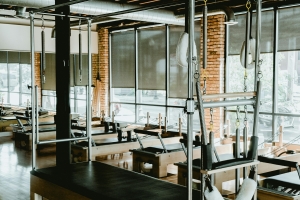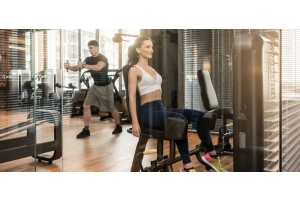Understanding Cable Machine Movement Ratios
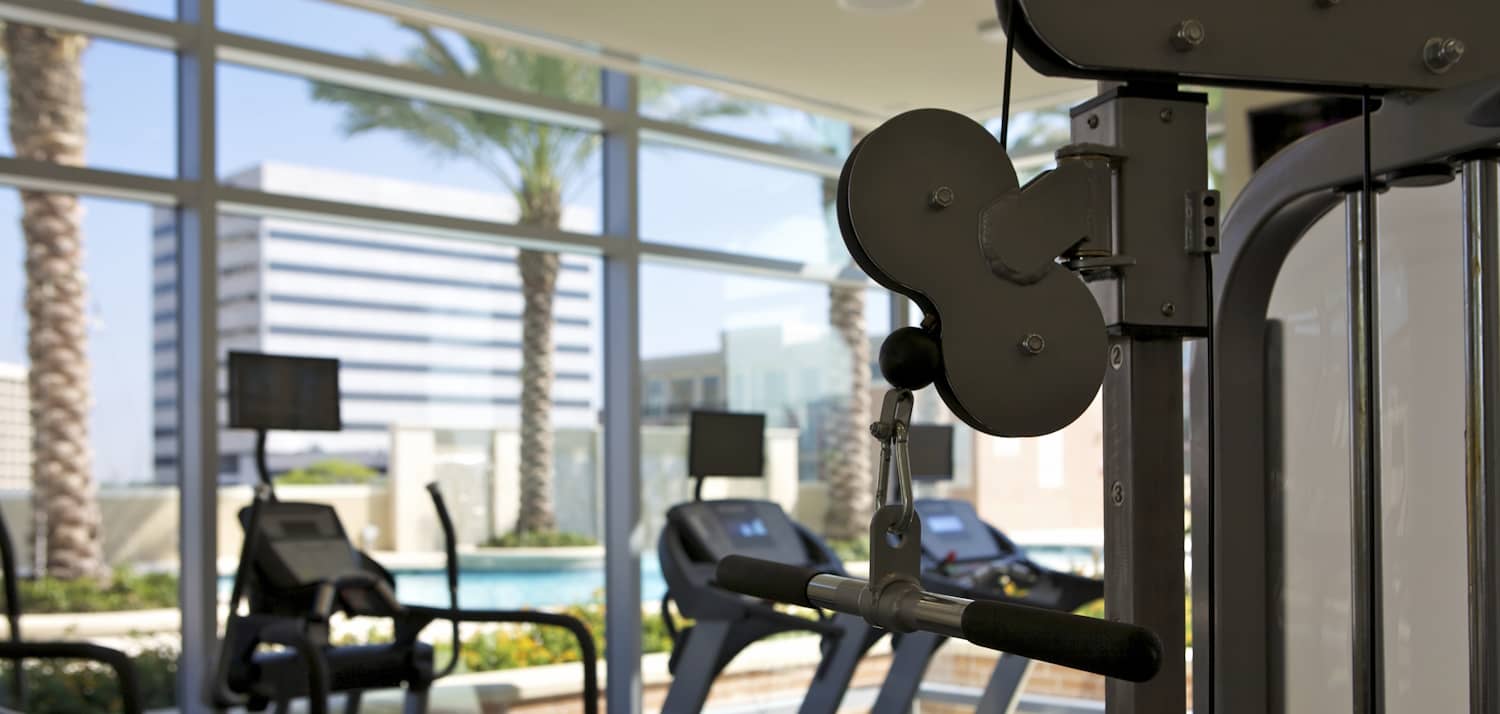
No doubt you will have looked at a range of different cable machines and explored the single vs the dual adjustable pulley systems that are increasingly common in commercial and home gyms. You have probably also therefore seen references to the cable ratio (this looks like "2:1 cable ratio" or "4:1 cable ratio") in a number of the product specifications.
Want to know what it is and why it's important? A "Cable Movement Ratio" (to give it a proper title) explains the difference between the weight you select on the weight stack of the machine and the actual resistance you will then feel at the handle. This is important for a number of reasons - which we explain below.
Understanding "Cable Movement Ratios"
So we've told you what a cable ratio is - but in plain English, what does it mean for you in the gym?
On a single pulley, single weight stack machine, you select 40kg as your weight.
If the cable machine you have has a 1:1 cable ratio, this means the resistance you will then be moving is 40kg. If it is a 2:1 cable ratio, then the resistance you will move will be 20kg (or 40kg / 2 = 20kg). Likewise, a 3:1 cable ratio for 40kg produces 13.3kg of resistance (40kg / 3 = 13.3kg). A 4:1 cable ratio means that on a single pulley machine, the resistance at handle will be 10kg.
If you have a dual cable machine (cable crossover or DAP) where there are two weight stacks and each pulley goes to one weight stack, then the 2:1 cable ratio means that for 40kg on each weight stack, each handle will have 20kg resistance.
The slight complication is if you have two handles that connect to the same weight stack. The two handles will split the weight, so a 2:1 ratio cable for a single handle will have a resistance of 10kg (40 / (2*2) = 10). Likewise, the 1:1 cable means that 40kg produces 20kg resistance.
Finally, you can also think of this and explain a 2:1 ratio that for every 2m the cable moves, the weight stack selected will move 1m. The weight stack's inertia is reduced, so the cable is more responsive.
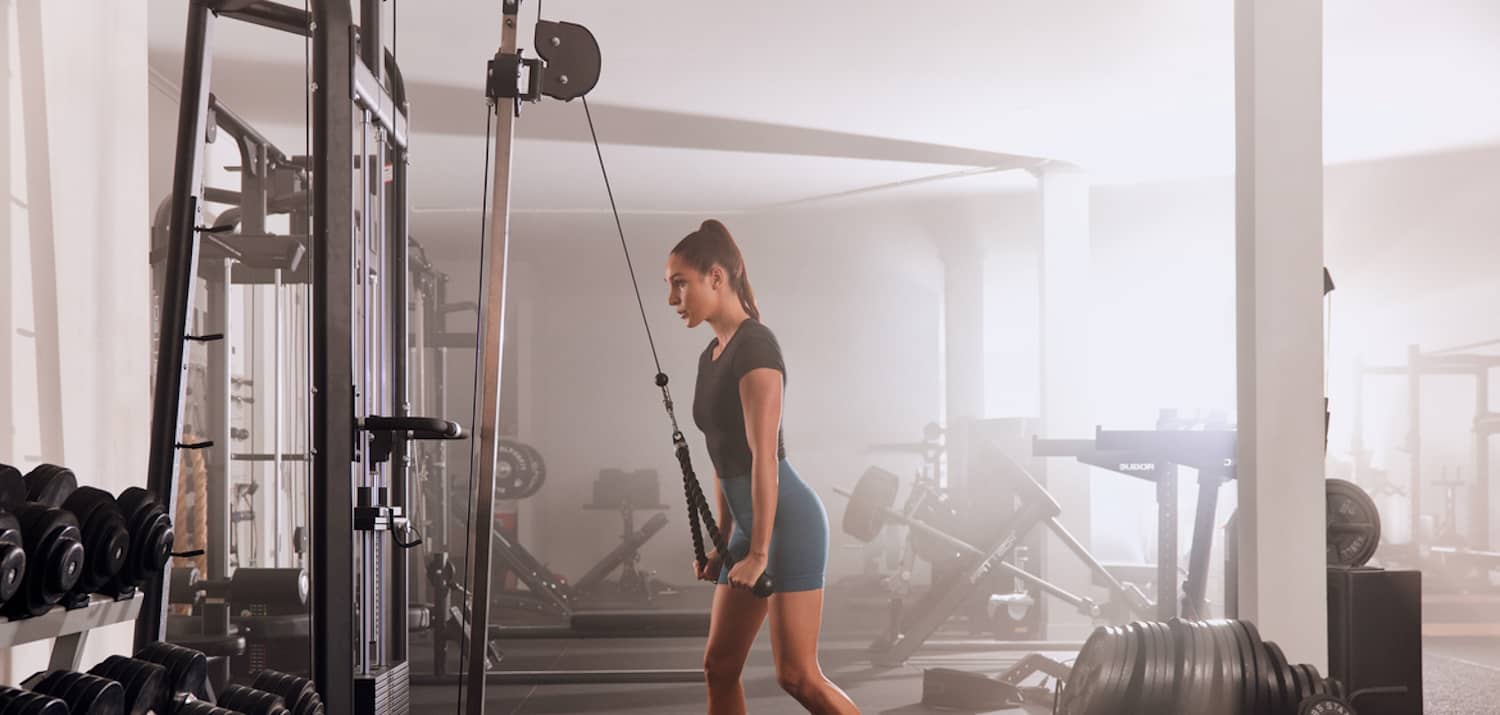
Why Are Cable Ratios Needed?
You may be asking just why a machine needs to have a cable ratio - what's wrong with every machine simply having 1:1?
This comes down to the type of training you want to do. Pure and simple - the way you want to train and your starting point strength-wise should steer the ratio you'll be looking to get with your machine.
1:1 Cable ratio
It would be suitable for any high-performance athletes, bodybuilders and those wanting to build strength and muscle. Gives you the full weight 'as advertised' of the weight stack plates.
Good example is the NOHRD SlimBeam Cable Machine, the Spirit Cable Crossover Machine or the FT2 Functional Trainer - Smith Machine part
2:1 Cable ratio
For most people, this will ensure enough weight, whilst providing smaller increments of weight as you select more plates. A 2:1 ratio can also be used for functional training as it provides a faster-moving cable (this means that the cable can be rapidly extended and then retracted without much slack). Also good for biomechanics type training - e.g. golf swings or tennis arm movements.
Good example is the Life Fitness G7 Multigym, Spirit Functional Trainer or the new Inspire FT2 functional trainer
3:1 Cable ratio
With a 3:1 ratio, you benefit from the ability to add smaller increments of weight as you select the plates. Great for beginners or older users or those that are completely new to resistance training. This is also good for rehabilitation from injury as you get increased length of cable away from the machine for exercises like lunges for example.
4:1 Cable ratio
A rehab dream, the 4:1 ratio provides smaller increments between each weight plate and all the cable length you need.
A good example of this is the Hoist Fitness MI-5 Functional Trainer.
Every machine has it's pros and cons - it's up to you how you workout which one is right for you.
Is there An Ideal Cable Machine?
This comes down to the space you have available, the type of training and your budget. yes there are definitely stand out cable machines and dual adjustable pulleys we recommend (see below).
Whether you choose a single arm or a dual arm cable machine, as a piece of home gym equipment they can be invaluable. You not only get a huge amount of versatility for your money, it takes up the least amount of room for all the exercises you can perform. To maximise use you will need a ceiling height of around 2.3m - 2.7m in order to use pull up bars. Other than that a solid floor and about 6m2 should see you good.
When looking at the layout of your home gym design, see whether or not the space you have could be used more effectively. A good cable machine will offer a myriad of exercises that other machines just cannot match. From typical cable exercises through to functional training - there are also options to get Smith Machine functionality as part of the cable machine.
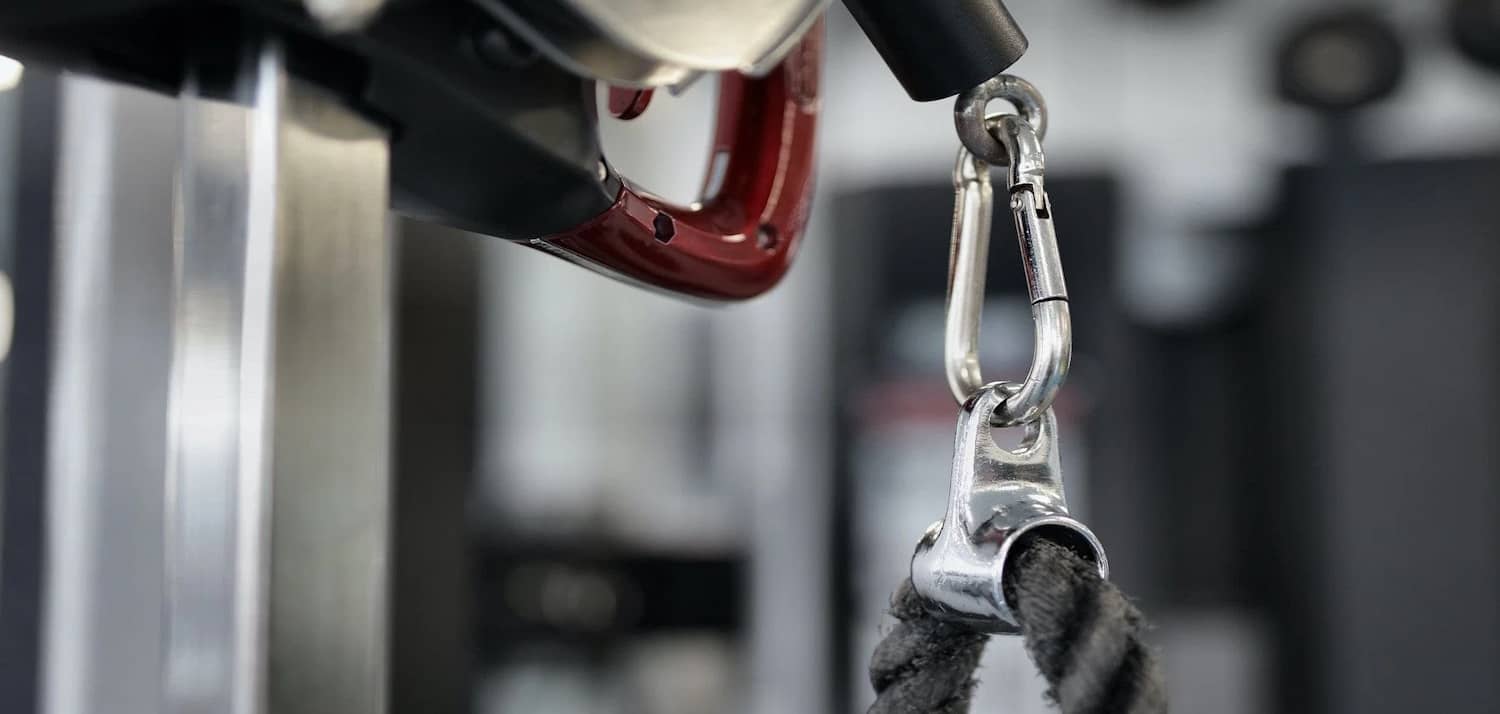
Why Use A Cable Machine?
As well as buying one machine that offers a huge number of potential exercises, the difference in the resistance you get when compared to free weights (dumbbells or barbells) is marked. As you perform lifts, pulls or pushes, you will experience a constant tension. This constant is linked to muscle strength and muscle growth.
- Offers a full-body workout and targets all major muscle groups
- Constant resistance with concentric and eccentric motions - which is highly efficient way to workout
- Ability to adjust weight quickly and with minimum fuss.
- Allows for a range of directional movement for workouts. Different planes, angles and motions - all controlled with constant resistance.
- Multiple attachments and handles giving the widest possible number of exercises.
- Ideal for rehab exercises due to light weights and small increments
- Can allow targeting of specific muscles to improve stability
Which Cable Machine?
Whether for home or commercial gym, school gym equipment or Uni sports hall, depending on your training, the space you have the ceiling height and your budget there are a number of options open to you.
Single pulley cable machine - Why not look at the NOHRD SlimBeam
Single Stack Cable Machine with two pulleys
Dual pulley cable machine - Life Fitness Axiom Dual Adjustable Pulley
Functional Trainer with Smith Machine - Body Dynamic S109 All-In-One Functional Trainer
Functional Trainer with Integrated Smith Machine - Inspire FT2 Functional Trainer or the new Inspire FT2 Pro Package







